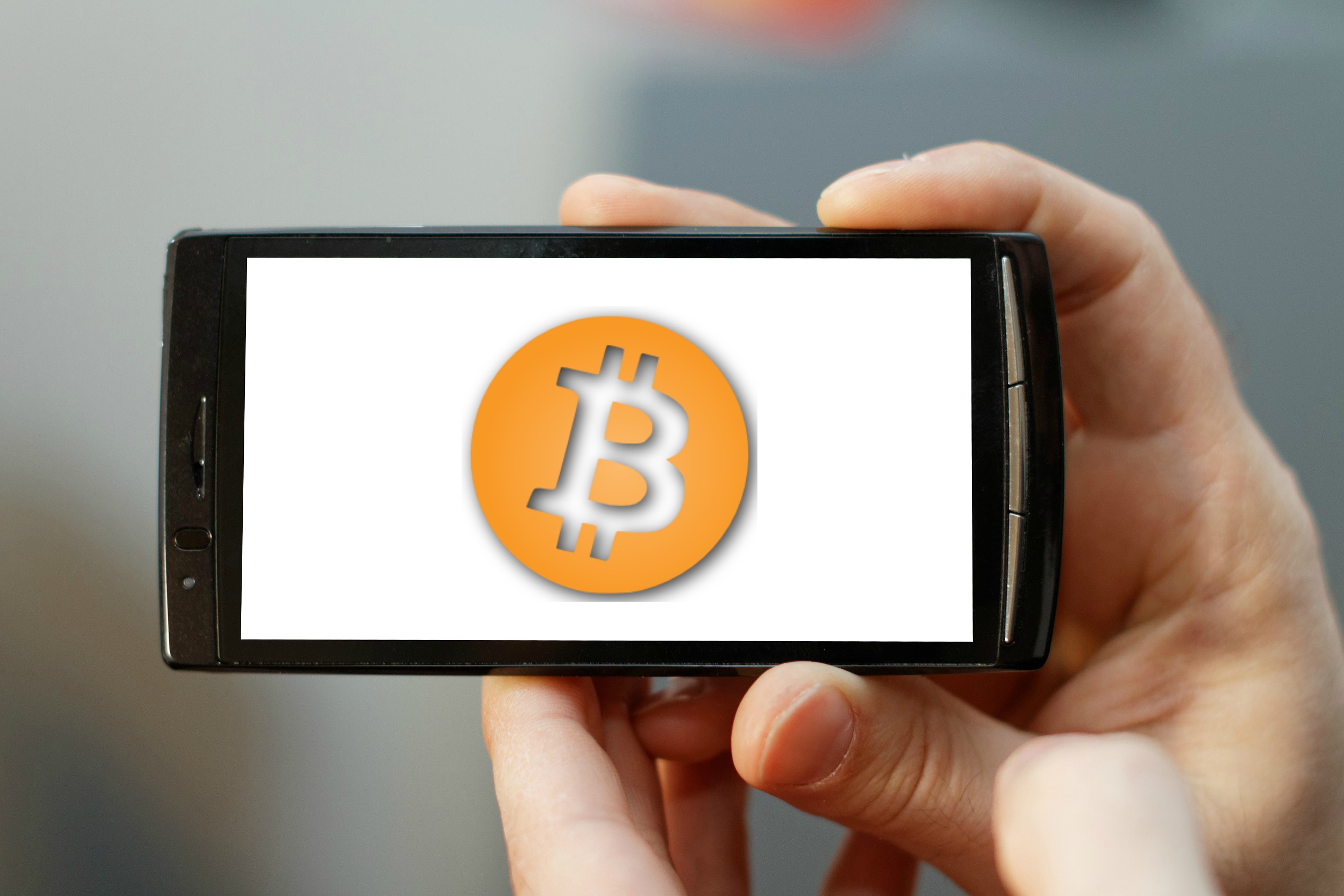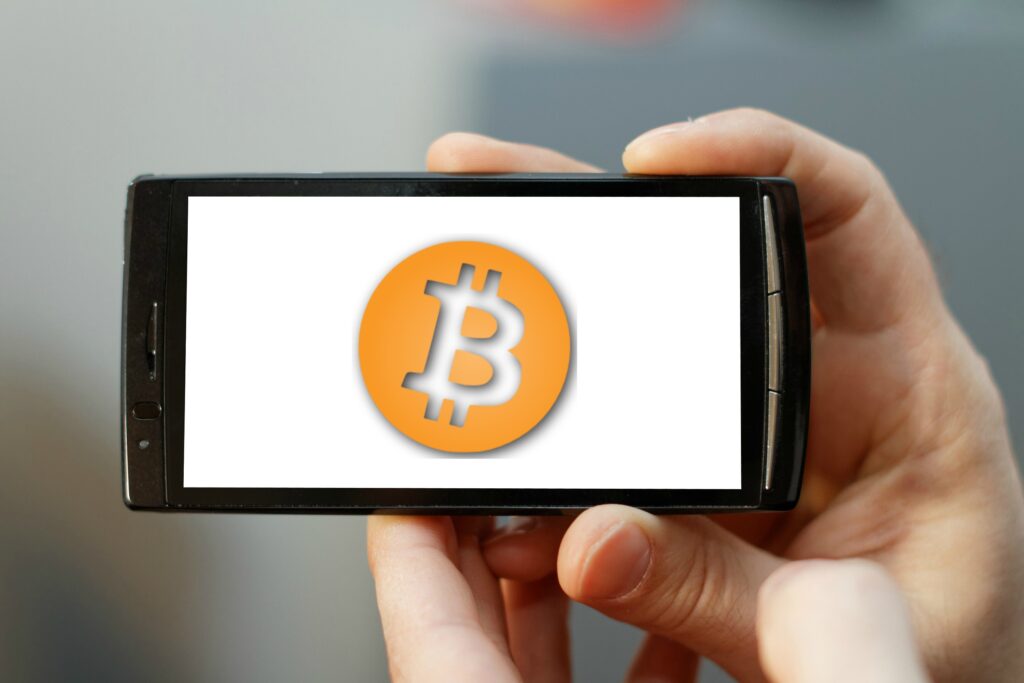By Balaji S. Srinivasan
21 is now officially open for business — and business development. After much hard work, we’ve created an embeddable mining chip which we call the BitShare that comes in a variety of form factors. The 21 BitShare can be embedded into an internet-connected device as a standalone chip or integrated into an existing chipset as a block of IP to generate a continuous stream of digital currency for use in a wide variety of applications. You can request a dev kit by signing up on our website to get started.
Some might ask why a device engineer would desire such a thing. Isn’t the purpose of bitcoin mining simply to get rich — or not, as the case may be? Well, at 21 we are less concerned with bitcoin as a financial instrument and more interested in bitcoin as a protocol — and particularly in the industrial uses of bitcoin enabled by embedded mining. These uses include:
A new approach to micropayments. Historically, it has been difficult to get people to dig out their credit cards in order to purchase things online, particularly on mobile devices. The fixed cost of signup alone exceeds the benefit for the vast majority of sites. A continuously replenished stream of digital currency on your device generated by default from a 21 BitShare chip can change all that.
Silicon-as-a-service. Because bitcoin mining is embarrassingly parallel, mining can scale down to one core or up to hundreds. We’ve used this observation to develop a single core version of our technology that can be integrated into an existing chip. This means any vendor can take a chip performing a normal function (say video decoding or networking), add 21’s BitShare technology, and thereby enable the chip to continuously generate revenue simply by being connected to power and internet. Because this technique can replace or augment traditional methods for silicon monetization (namely chip sales and IP licensing), it has the potential to revolutionize the way chips are built and sold.
Decentralized device authentication. Many applications of bitcoin are not strictly monetary. Embedded mining means that any device can authenticate itself to the network by sending one Satoshi to a specified address. When used in combination with multisig, a 21 BitShare offers new paradigms for device authentication.
Machine Twitter. The constant stream of Satoshis provided by a 21 embedded mining chip means that any device with an internet connection can now write to a globally readable, always accessible database — with obvious benefits for device coordination, ad-hoc networks, and the like. While the bitcoin blockchain itself is not designed for this particular use case, future sidechains that accept bitcoin may be.
Devices that can pay for associated services. A wide variety of new internet-connected devices require an associated SAAS subscription to work. Rather than paying a number of different subscription bills, by including the right-sized 21 BitShare with the device one can under many scenarios wholly or partially defray the expense of the cloud service.
Devices that can pay your channel partners. At the manufacturer’s discretion, the 21 BitShare chip can be configured to support a variety of different revenue shares for the mined bitcoin. For example, one could build an internet-connected device that shared some portion of mined bitcoin between the user, the retailer, the handset maker, and the carrier — thereby reducing costs and/or increasing margins throughout the entire supply chain. And because of the nature of mining as an embarrassingly parallel problem, embedded mining can scale up or down to fit within the power and thermal envelope of virtually any device.
Bitcoin-subsidized devices for the developing world. 21 was built by immigrants, and using our technology to get more people around the world online is important to us. We believe the most significant long-term application of bitcoin may be reducing the upfront cost of internet-connected devices to make them more accessible for the developing world. The success of the iPhone was in nontrivial part due to the carrier subsidy; with embedded bitcoin mining we can in theory extend that model to any internet-enabled device, turning a lump sum upfront cost into a potentially more manageable cost of power over time.
Conceptually, we believe that embedded mining will ultimately establish bitcoin as a fundamental system resource on par with CPU, bandwidth, hard drive space, and RAM. That is, one can imagine the ultimate thin client in which a system designer consciously chooses a relatively slow CPU but a relatively strong 21 mining chip, using the bitcoin generated therein to purchase computation in the cloud.
Crucial to this is the idea that bitcoin generated by embedded mining is more convenient — and hence more valuable — than bitcoin bought at market price and manually moved over to the site of utility. As evidence for this, when a user writes a byte to their local hard drive, the spot price of external storage is not typically top-of-mind relative to the convenience of simply having a local hard drive. A more technical example is the L2 cache; it’s not just the price-per-byte of the cache that matters, but its speed and availability. We believe a similar calculus will obtain for the convenience of having a local source of constantly replenished bitcoin from a 21 BitShare, a kind of “/dev/bitcoin” for use in routine micropayments and device authentication applications.
Ultimately, though, it is the community of electrical engineers and computer scientists that will judge whether embedded mining technology solves their problems. Towards that end, our team of PhDs in EE from MIT, Stanford, and CMU has built not just a chip, but a full technology stack around the chip — including reference devices, datasheets, a cloud backend, and software protocols. And we have already engaged with a wide variety of early access partners across the industry, from small startups to multibillion dollar hardware companies.
In the weeks and months to come, we will be talking to many more. As part of this launch, I will be taking the role of CEO of 21 while Matthew Pauker will trade places and become Chairman. Alongside my co-founders Veerbhan Kheterpal, Daniel Firu, and Nigel Drego we will be focused on putting a bitcoin miner in every device and in every hand.
To aid us in this effort we are fortunate to have some very influential investors. In addition to Qualcomm Incorporated, through its venture investment group, Qualcomm Ventures and Khosla Ventures, we are pleased to announce that both Cisco and former ARM CSO Mark Templeton have also now become investors in 21. In addition, Ben Horowitz of Andreessen Horowitz has joined our board, and Larry Summers will become a strategic advisor to the company.
In their own words, which the team and I will do our best to live up to:
“I am thrilled to join the board of 21, a true leader in the advance of the bitcoin technology and ecosystem. More than that, I could not be more excited to have Balaji Srinivasan step into the CEO role as he is both a genius technologist and a spiritual leader of the bitcoin movement.”— Ben Horowitz, General Partner and Cofounder, Andreessen Horowitz
“We think 21’s technology has the potential to span across a wide variety of industries and look forward to working with Balaji and the team.” — Nagraj Kashyap, Senior Vice President, Qualcomm Ventures
“Bitcoin could be the internet’s next great protocol. With the blockchain’s distributed ledger and micro-transaction capabilities, it has the potential to become an enabling technology that expands well beyond digital payments. We’re delighted to be an investor in 21 and to work closely with Balaji and Ben.”— Padmasree Warrior, Chief Technology & Strategy Officer, Cisco
“I’ve known the people behind 21 for some time now and have been fortunate enough to have invested in their prior efforts. What they are doing now could ultimately be as big as Artisan/ARM was for the semiconductor industry. I’m looking forward to working closely with Balaji, Veerbhan, and the team to make this happen.”— Mark Templeton, former CSO of ARM Holdings
“Between Vinod Khosla’s experience with Sun and my background with Square and Paypal, we know a bit about chips and payments. We think 21 could transform both industries and we’re excited to have Balaji at the helm.”— Keith Rabois, Investment Partner, Khosla Ventures
“We are excited to be 21’s lead investor in China and look forward to working with them across the entire Asia Pacific region. We believe 21’s embedded mining chip will play a vital role in the Internet of Things, and that it is likely to be the technology that will drive rapid adoption of bitcoin. We’re looking forward to a long relationship with Balaji, Ben, Andreessen Horowitz, and the entire 21 team.”— Clarissa Zhang, Partner, Yuan Capital
“21’s chip and architecture represent an important next step in securing the future of the public, synchronized global ledger that is the blockchain. We believe that massively distributed embedded mining is the bitcoin that Satoshi intended — decentralized and globally accessible. We’ve known the team since the inception of the company, and we are confident that they can achieve this goal!”— Jim Robinson IV, Co-Founder and Managing Partner, RRE Ventures
“The 21 chip adds a whole new dimension to bitcoin’s potential utility. At first we will be struck by the presence of a technology like embedded mining; eventually we may be struck by its absence. I greatly enjoy working with Balaji and Ben and look forward to helping the company.” — Larry Summers, Former Treasury Secretary and President Emeritus of Harvard
If you are an electrical engineer, chip designer, hardware designer, or otherwise interested in what the 21 chip can do for you, please sign up on our website to request a dev kit.

